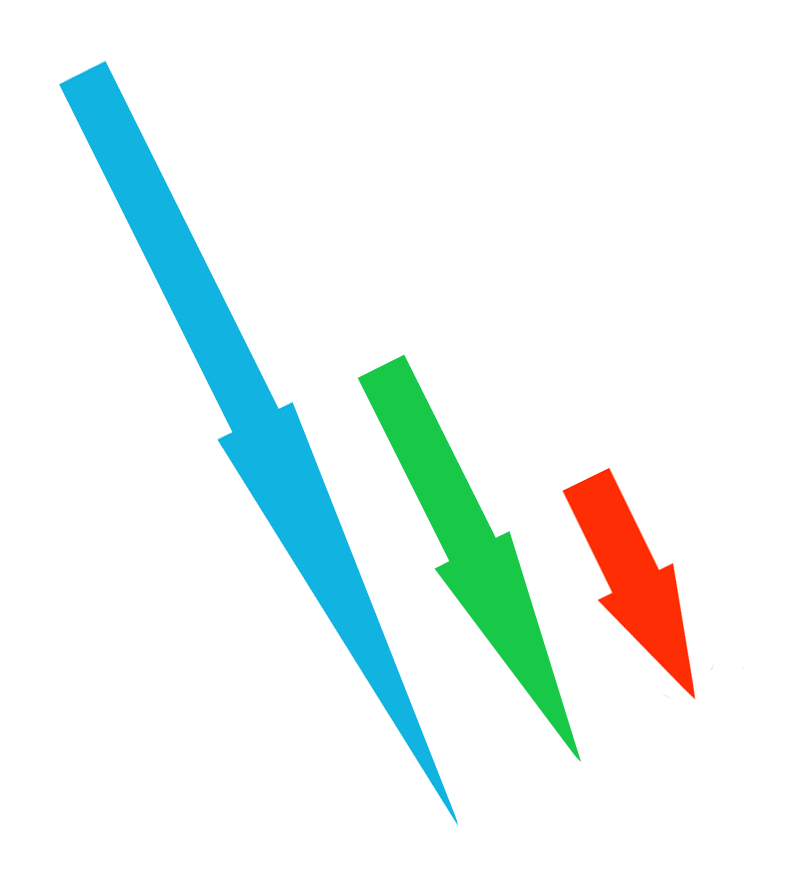1.1.2 Schematic objects
The description of the MRM has been simplified as much as possible, to allow further interactions to be defined within the framework. All energy, including electromagnetic quanta and matter, is simply considered to consist of momenta. Each momentum vector has both a time-space position and a vector-space position. Momenta can exist in either a free form or be combined in compounds.
|
|
The term free momenta or free momentum vectors will be used for electromagnetic quanta, such as light and other electromagnetic waves. A free momentum has a position, a direction and a magnitude but lacks velocity in its correct sense. It will be transferred at an "immediate" speed, from one point to another, only restricted by the time filter called space. |
|
|
The term compounds will be used for structures in which momenta come together to form collective momenta. Compounds represent all particles that appear to have mass and velocity. A compound has a momentum that is equal to the sum of all internal momenta within the compound. A compound always regards itself to have a balanced distribution of momenta. Thus, the total momentum of a compound affects its perspective of the surrounding spatial geometry. For schematic reasons, compounds are represented by star-like shapes, although the internal momenta are in constant circulation within the compounds. The MRM only states that the internal momenta do have an exchange of momentum with each other, but not how this exchange works. This leaves the model open for further interactions. |
(It would have been practical to use the word "particles" instead of "compounds", but because the term "particles" traditionally is also used for photons, this terminology does not make the difference between the two forms of objects sufficiently clear.)
The MRM does not discuss the inner structures of these schematic objects.

